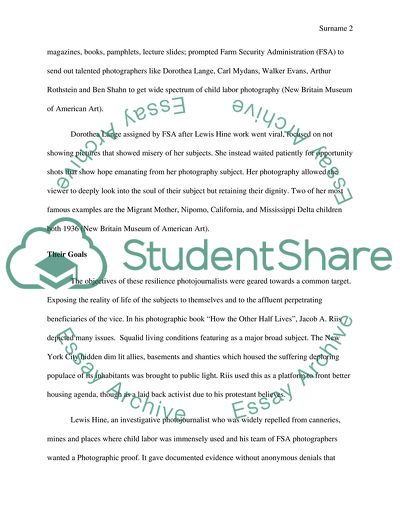Cite this document
(Social Documentary Work Essay Example | Topics and Well Written Essays - 1750 words, n.d.)
Social Documentary Work Essay Example | Topics and Well Written Essays - 1750 words. https://studentshare.org/visual-arts-film-studies/1853759-social-documentary-work
Social Documentary Work Essay Example | Topics and Well Written Essays - 1750 words. https://studentshare.org/visual-arts-film-studies/1853759-social-documentary-work
(Social Documentary Work Essay Example | Topics and Well Written Essays - 1750 Words)
Social Documentary Work Essay Example | Topics and Well Written Essays - 1750 Words. https://studentshare.org/visual-arts-film-studies/1853759-social-documentary-work.
Social Documentary Work Essay Example | Topics and Well Written Essays - 1750 Words. https://studentshare.org/visual-arts-film-studies/1853759-social-documentary-work.
“Social Documentary Work Essay Example | Topics and Well Written Essays - 1750 Words”. https://studentshare.org/visual-arts-film-studies/1853759-social-documentary-work.


